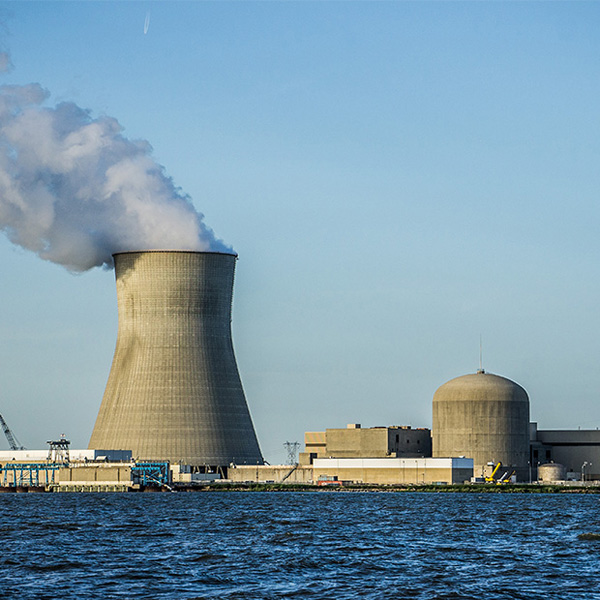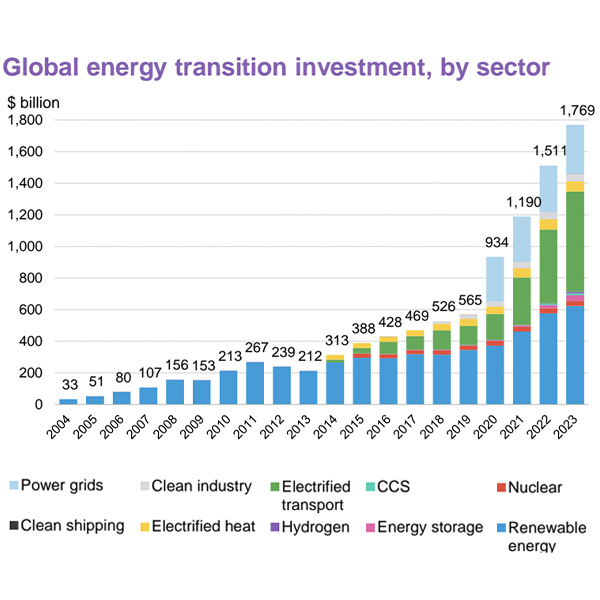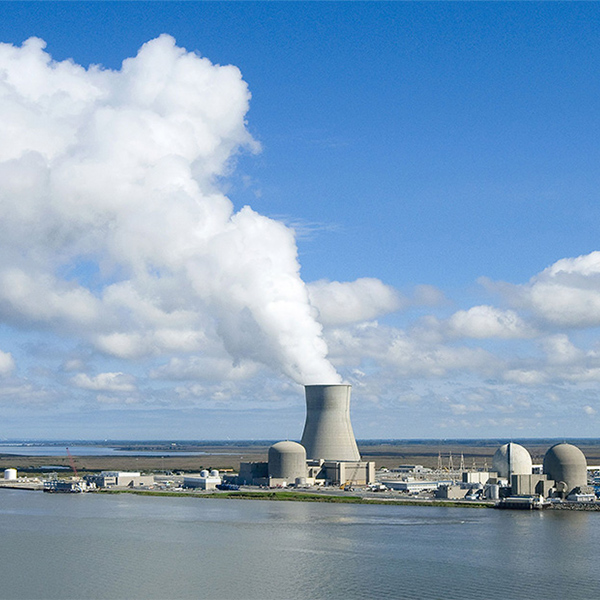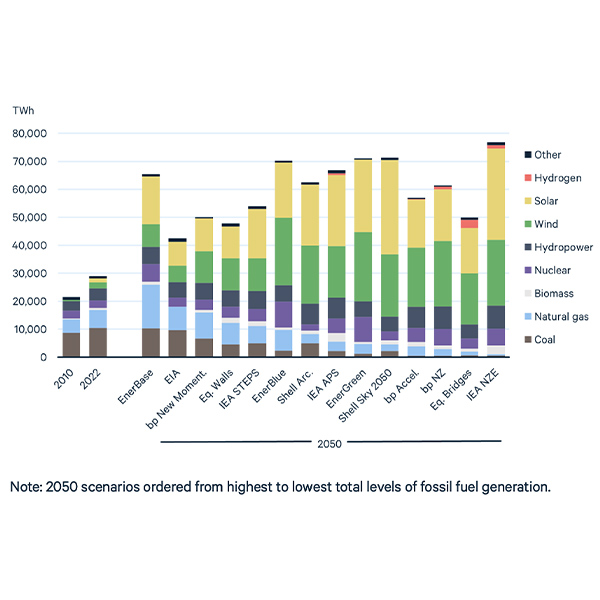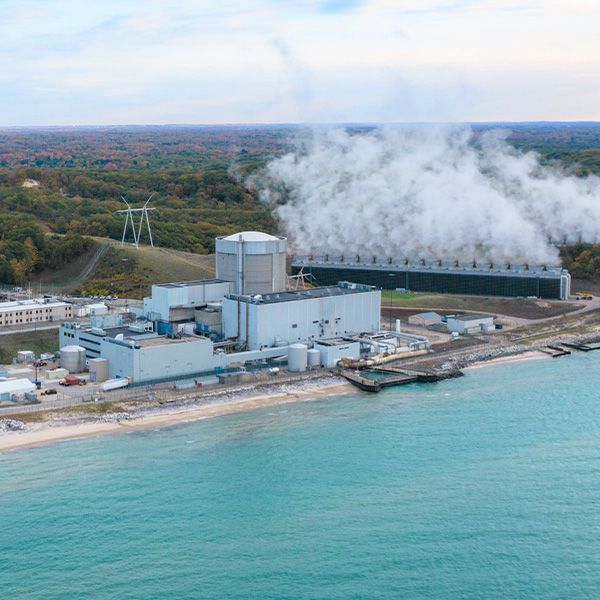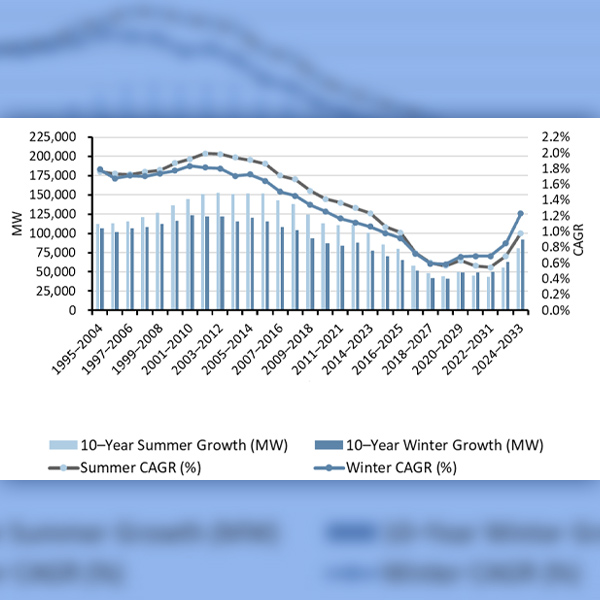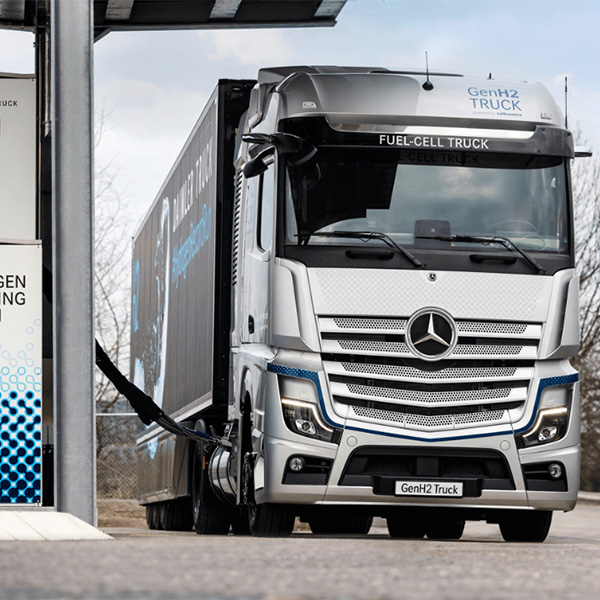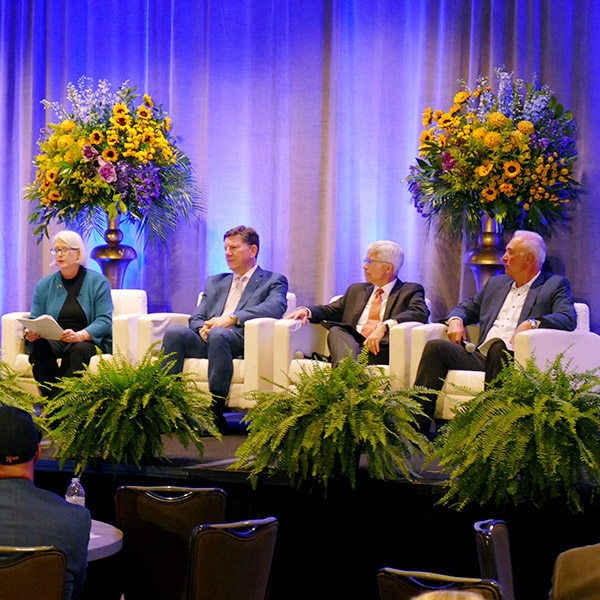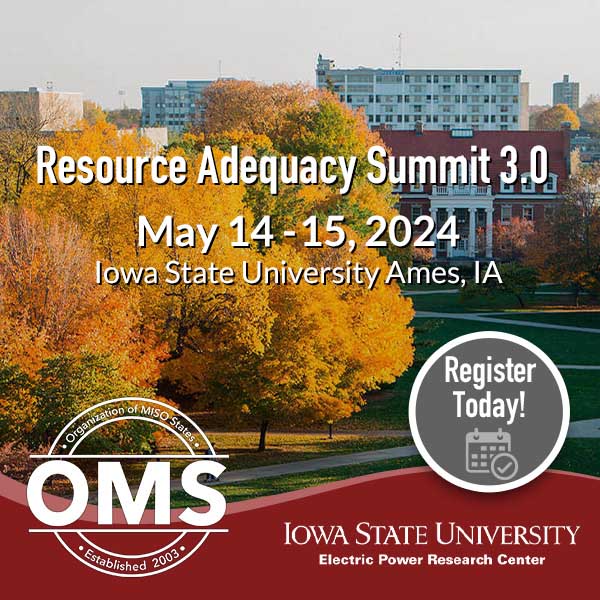Nuclear
PSEG is looking to use excess capacity at its three South Jersey nuclear generators to provide clean energy for data centers and AI development projects, CEO Ralph LaRossa said in the company’s first-quarter earnings call.
Global investment in passenger electric vehicles was up 36% in 2023, investment in energy storage jumped 77%, and investment in carbon capture and storage nearly doubled.
New Jersey's Energy Master Plan says nuclear plants will need to be “retained past current licenses” and predicts that in 2050 nuclear plants will produce 16% of the state’s electricity.
Many recent projections for energy use have fossil fuel use plateauing after 2030, when it needs to rapidly decline to meet midcentury carbon targets, Resources for the Future said.
Michigan’s 800-MW Palisades nuclear power plant could become the first nuclear plant in the U.S. to be restarted, helped by a $1.52 billion loan from DOE’s Loan Programs Office.
The U.S. Department of Energy announced $6 billion in funding for 33 projects that are meant to help decarbonize difficult-to-abate, energy-intensive industries.
The Washington Post’s warning that “America is running out of power” lacks context and distracts us from the real work at hand, says columnist Steve Huntoon.
Pennsylvania Gov. Josh Shapiro announced a new state energy plan he says will ramp up renewable production and save ratepayers $252 million while generating $5.1 billion in clean energy investments.
The DOE's funding announcement is part of the administration’s effort on clean hydrogen, seen as an emerging technology that offers the U.S. an opportunity to lead the global market.
Utility executives told state regulators that natural gas and nuclear power will be part of the electric mix for decades as the industry decarbonizes.
Want more? Advanced Search
